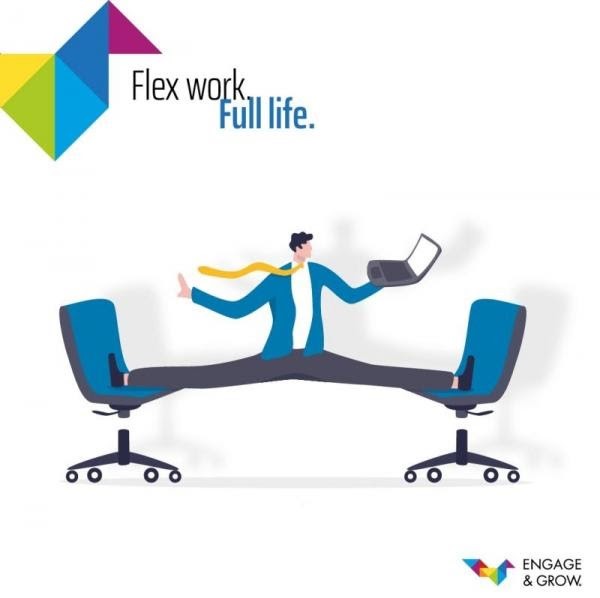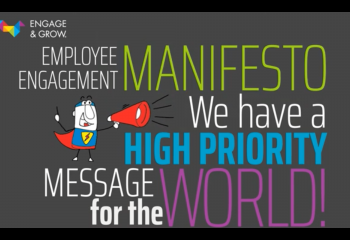

Aug 09
Transitioning Employees To A Hybrid Office
We see a lot of changes in working life today, as the pandemic made some irreversible changes and these changes will continue to happen. This will impact employee engagement and thus the performance of the employees. As businesses start to reopen their offices, many are planning for a hybrid model that will see more employees working remotely all or part of the time. But this return to a semblance of normal working life could be more disruptive—and potentially more damaging—than the initial pivot to all-remote work in 2020.
Several factors make the return to work more challenging. For employees, it will be a staggered, disjointed process marked by uncertainty. Different regions will open up at different times, and some may be forced to close again temporarily. Workers will return to unfamiliar surroundings, with masks, plexiglass screens, and hand sanitizer, wondering if their coworkers are vaccinated and how they should greet them. The physical environment will be changing as "coffee breaks" will not be with many colleagues at once, but maybe a 1:1 and a rare event.
This was a difficult year for all of us. A study by the University of Chicago showed that employees worked 30% more than normal during the shutdown, and Microsoft found that work-related messages sent between 6 p.m. and midnight jumped 52%.
We would like to share some tips for HR teams and managers about this transition time. Let's work together on that! As employee engagement experts here at Engage and Grow, we care a lot about human connection happening in the right way during this period...
5 Tips for the process of returning to a hybrid office
- Take care of the "goal setting" process in a more realistic and human way. Reevaluate the goals with the new environment and the new market conditions and let the employees take their time to express themselves.
- Have deeper understanding for the employees - not only empathy. Let them have a voice in the processes impacting them.
- Close the emotional gap by organizing moments of human connection, small intense events where employees can connect.
- Let the employees know that policies in place might be changing according to the new needs in a couple of months. Let them know this is a dynamic process.
- Consider each employee as a different case and refresh your policies from a "case by case" perspective. Not all employees love & perform by working from home. Approach them with compassion & mutual understanding.




